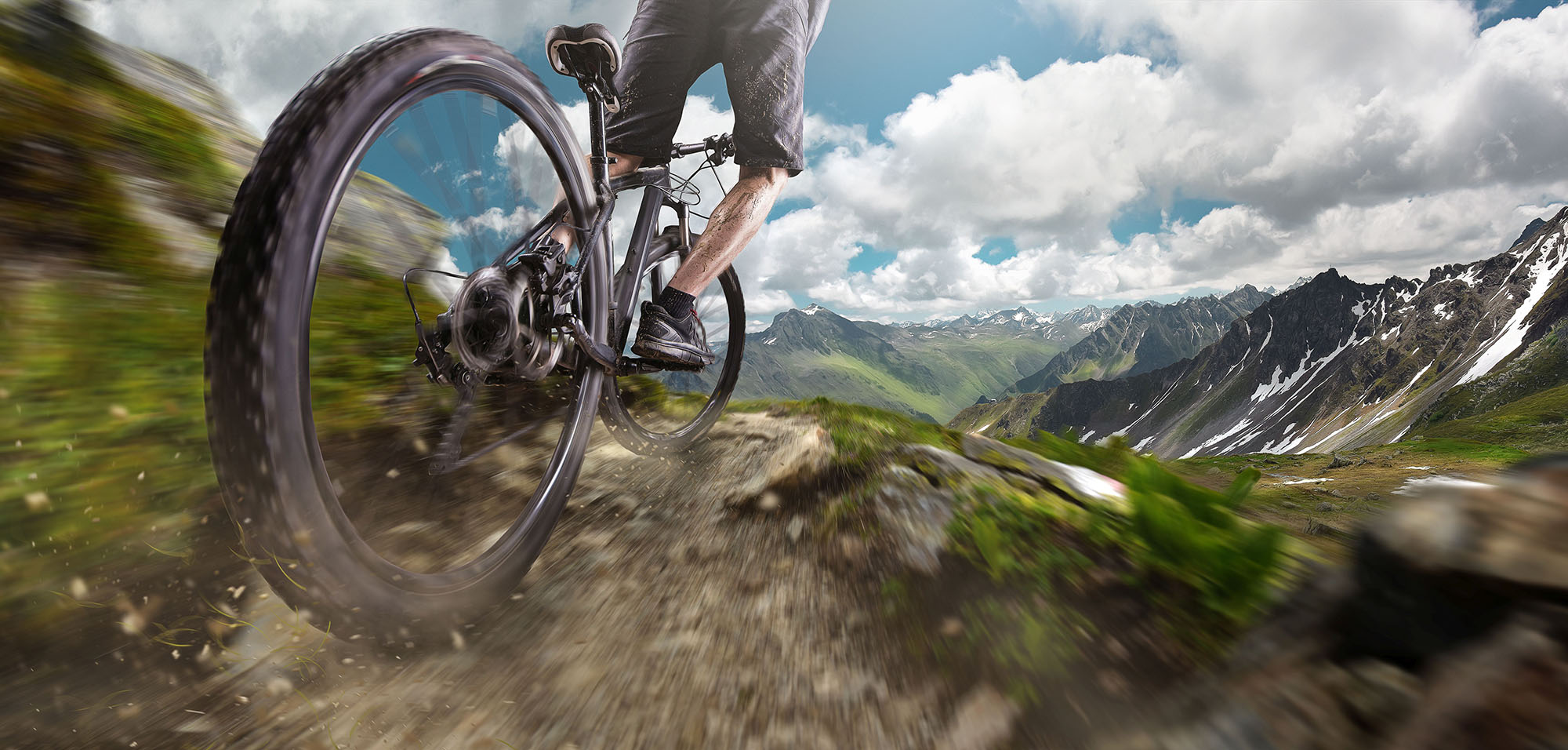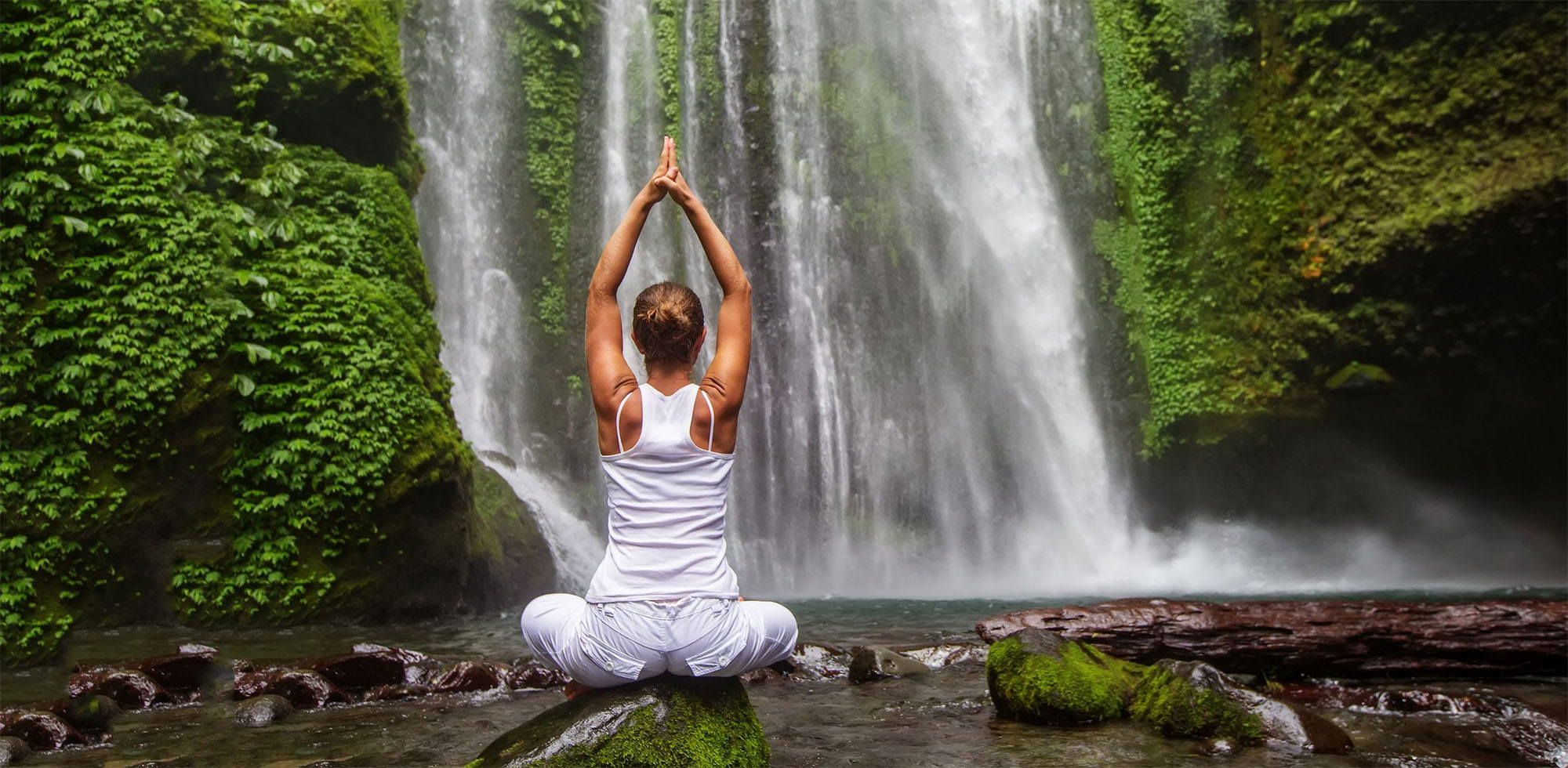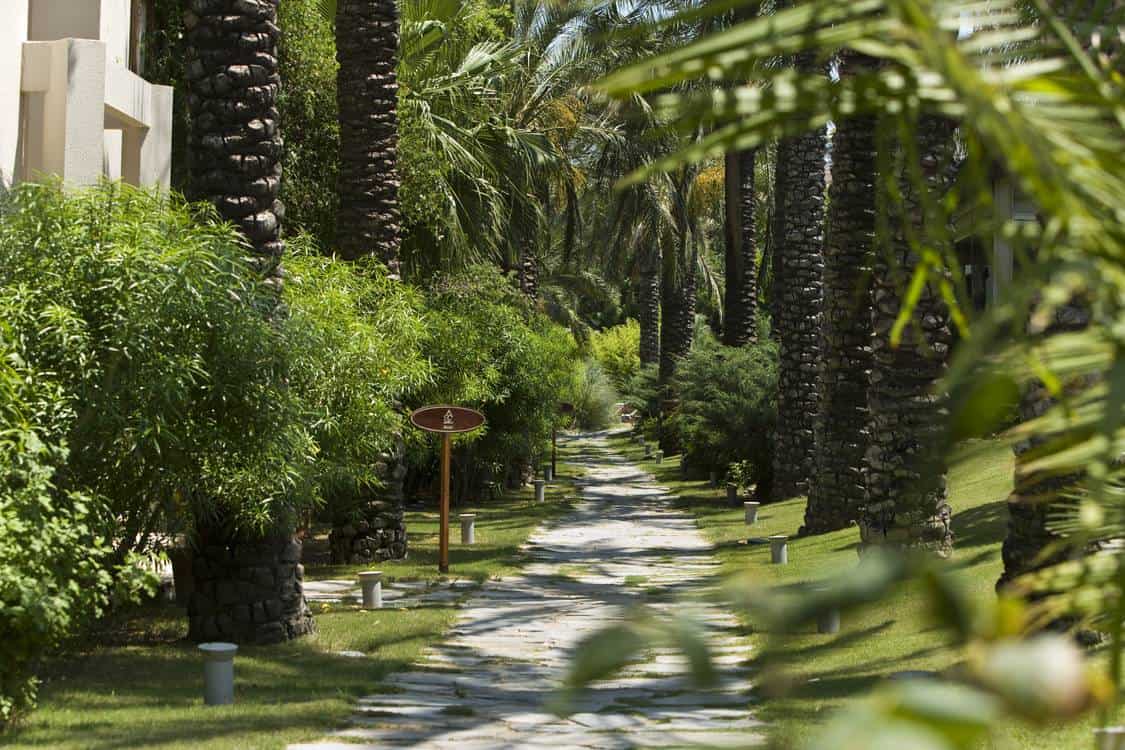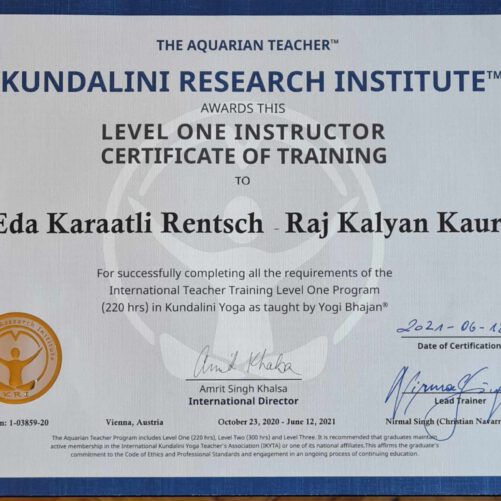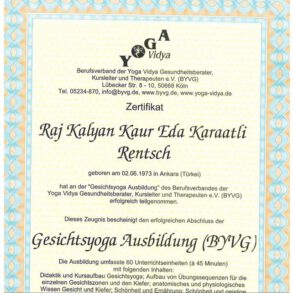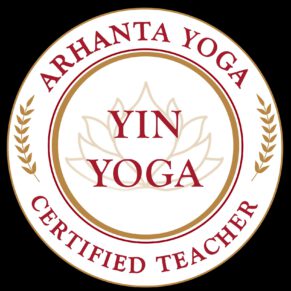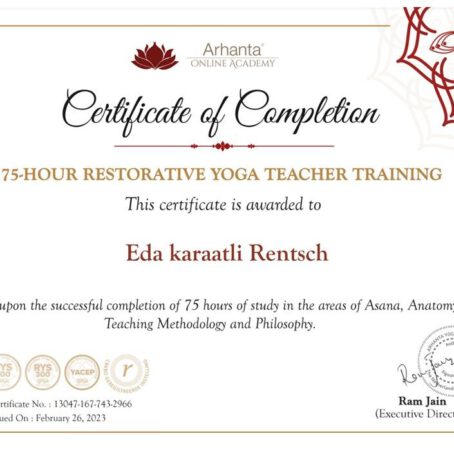Language: English / German / Turkish / ask for spanish
Kundalini yoga: Every Friday at 8.30 am – 90 Minutes
Yin yoga: Every Tuesday at 9 am – 60 Minutes
Restorative yoga: Every Friday at 6 pm and Sunday 10 am for 60 Minutes
also check online schedule – book
Kundalini, Yin, Yinyasa, Restorative, Hormone and Face Yoga by Eda
Almost 15 years ago I heard for the first time about Kundalini Yoga. Those days I was trying to change my life, transform. I knew more or less what to do, how to do, which decisions I needed to take but was not doing anything. My beloved friend Sonja was listening my complains and telling me “try Kundalini Yoga, try Kundalini Yoga” … Three years long I ignored her suggestion. I even found the name “Kundalini” very suspect. Then I became back pain. I went in Munich to a Kundalini Yoga Center. After the class I went out, felt wonderful, knew exactly what to do, got my phone, finished things and a new project came right next day. I was never ever so clear. I started practicing almost every day. Many things happened, changes never end but my attitude how I was getting along with them changed. Here I am since 2021 as a Kundalini Yoga teacher. It is a never ending discovery and wonderful source of strength for me. So, I continue. First year of second level training is going on as well as the Kundalini Menopasue Yoga training.
They say Kundalini Yoga is the yoga of experience. I invite you join me to experience.
Well, from back pain to being Kundalini and Yin Yoga teacher took some time but good things take time. Once you practice a yang art of activity as Kundalini Yoga, running, Cycling … most of the time you come to yin or activities similar to yin. This is what happened to me.
Yin Yoga according to Paulie Zink
Yin Yoga- These are postures of stillness for promoting growth, clearing energetic blockages, and enhancing circulation.
Yang Yoga- These are postures for developing core strength and muscle tone, balance, and stamina.
Yin Flow (YinYasa Yoga)– This includes both Yin and Yang yoga. However, Yin Flow is more than just a sequence of postures. The process of transition from pose to pose is as integral to the practice of Yin Flow as the positions are. Flow is a method of movement that incorporates continuous, smooth, and circular motion. It promotes ease, fluidity, and grace in the body.
What is Kundalini Yoga?
From the 3HO Webpage: https://www.3ho.org/about-3ho/
Known for its transformative benefits, the practice of Kundalini Yoga builds physical strength and stamina and enhances cognitive function, emotional fitness, and spiritual connection. Many people describe the experience as exhilarating, euphoric, and powerful.
Who is it for?
Kundalini Yoga offers a holistic technology that can be used by people of any belief and from all walks of life. Unlike renunciate yoga traditions, Kundalini Yoga provides a path for householders: people with families, social roles, and worldly concerns.
In this practice, the primary focus is on the movement and transformation of energy. There is no one practice or series. Instead, the practice focuses on kriyas, which are each a specific sequence of yogic techniques and meditations to create a specific result in consciousness. This could be something very concrete (like better digestion) or something more etheric (like an open heart). Each kriya (which means “action” in Sanskrit) and comes with precise instructions and usually includes most of the following techniques:
- Asana: body postures
- Mudras: hand positions
- Pranayama: breathwork
- Mantras: intentional, repeated sounds
- Bandhas: constriction of particular area of the body
- Drishti: directing the gaze of the eyes
- Shivasana: relaxation at the end of practice
While they may be made of up multiple components, kriyas are one complete action, designed to be practiced as a whole set for an intended purpose.
Kundalini Yoga is known to assist change and self-limiting habits.
- It is a transformational system designed to release blocks to the reservoirs of untapped energy within us.
- It is designed to balance the glandular system and revitalize the nervous systems.
- It works to build, clear, and balance the subtle systems of the nadis (energy channels) and the chakras.
- It includes hydrotherapy and breathing practices and other established practices for optimal health and optimal functioning.
- It is a science
When energy moves freely through the chakras, it stimulates the mental, physical, and spiritual health of the being. There is a clarity that arises that combines perception, thought, and intuition.
What is Restorative Yoga?
Gentle, supportive, and therapeutic are just a few words that describe restorative yoga. At its core, restorative yoga is a practice of passive healing.
This yoga style is known for its ability to activate the parasympathetic nervous system. This is the “rest and digest” part of your nervous system that helps keep basic functions working as they should.
As the name suggests, this style of yoga “restores” the body to its parasympathetic nervous system function, which, in turn, helps the body rest, heal, and restore balance.
A key feature in restorative yoga is the use of props such as blocks, bolsters, or blankets. The props help you hold passive poses for longer without exerting or tiring out your muscles. It also allows you to feel comfortable and supported, regardless of your experience with yoga.
Language: English / German / Turkish / ask for spanish
Restorative yoga: Every Friday at 6 pm and Sunday 10 am for 60 Minutes

